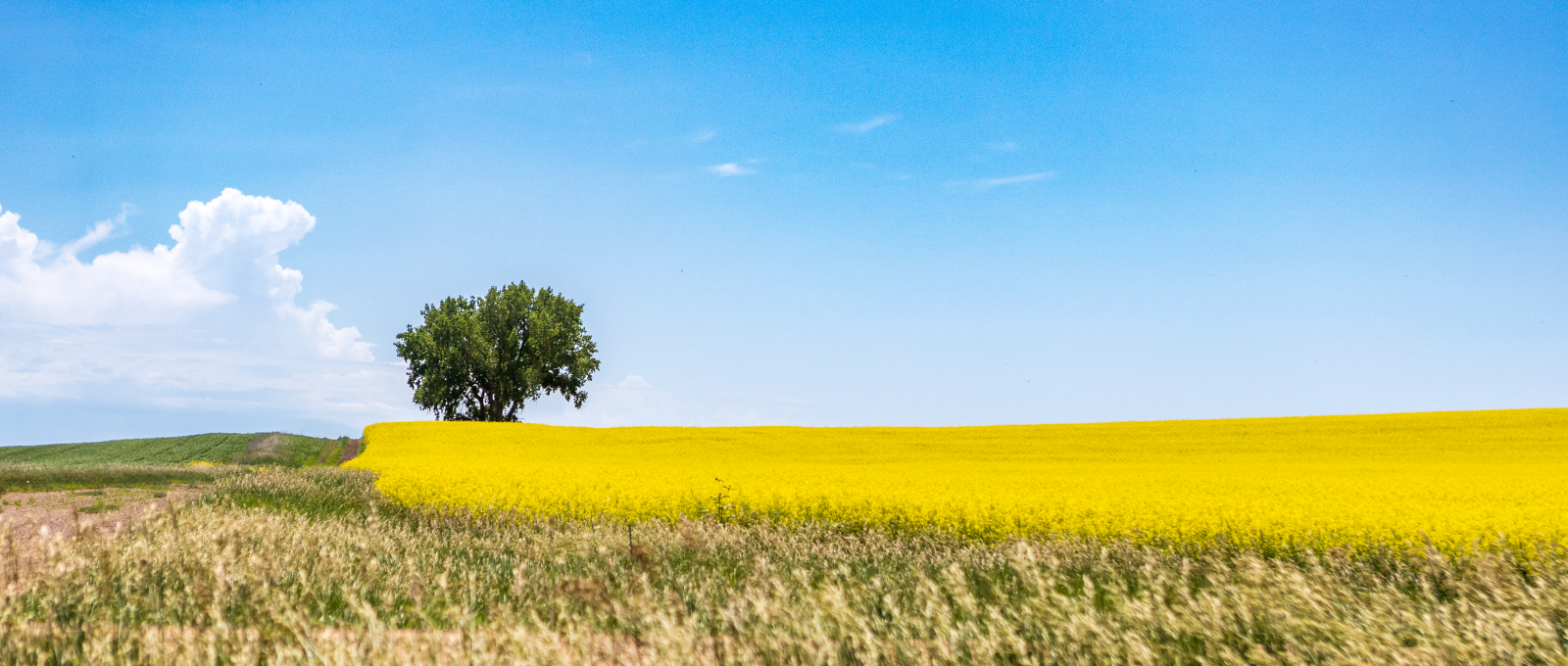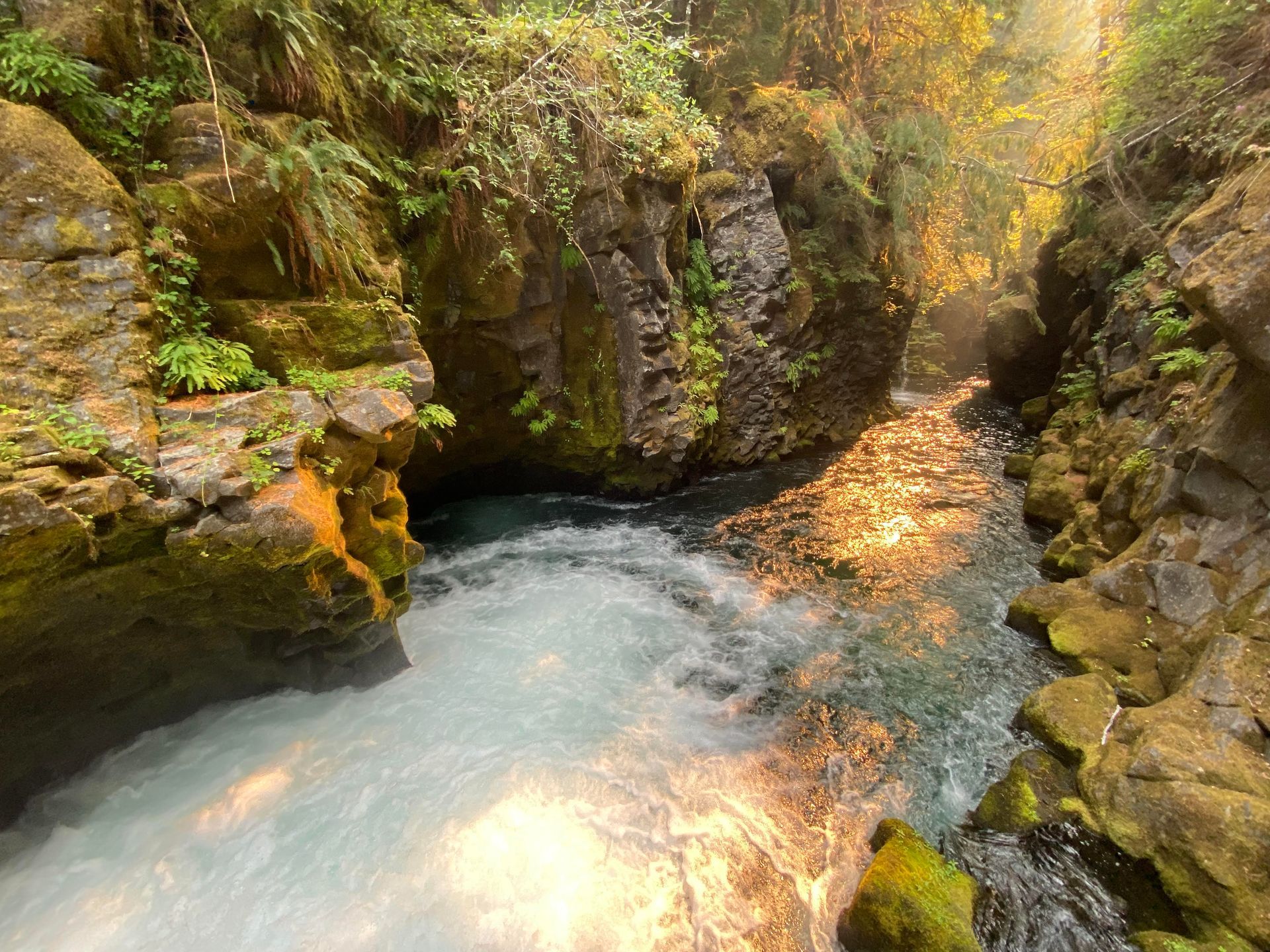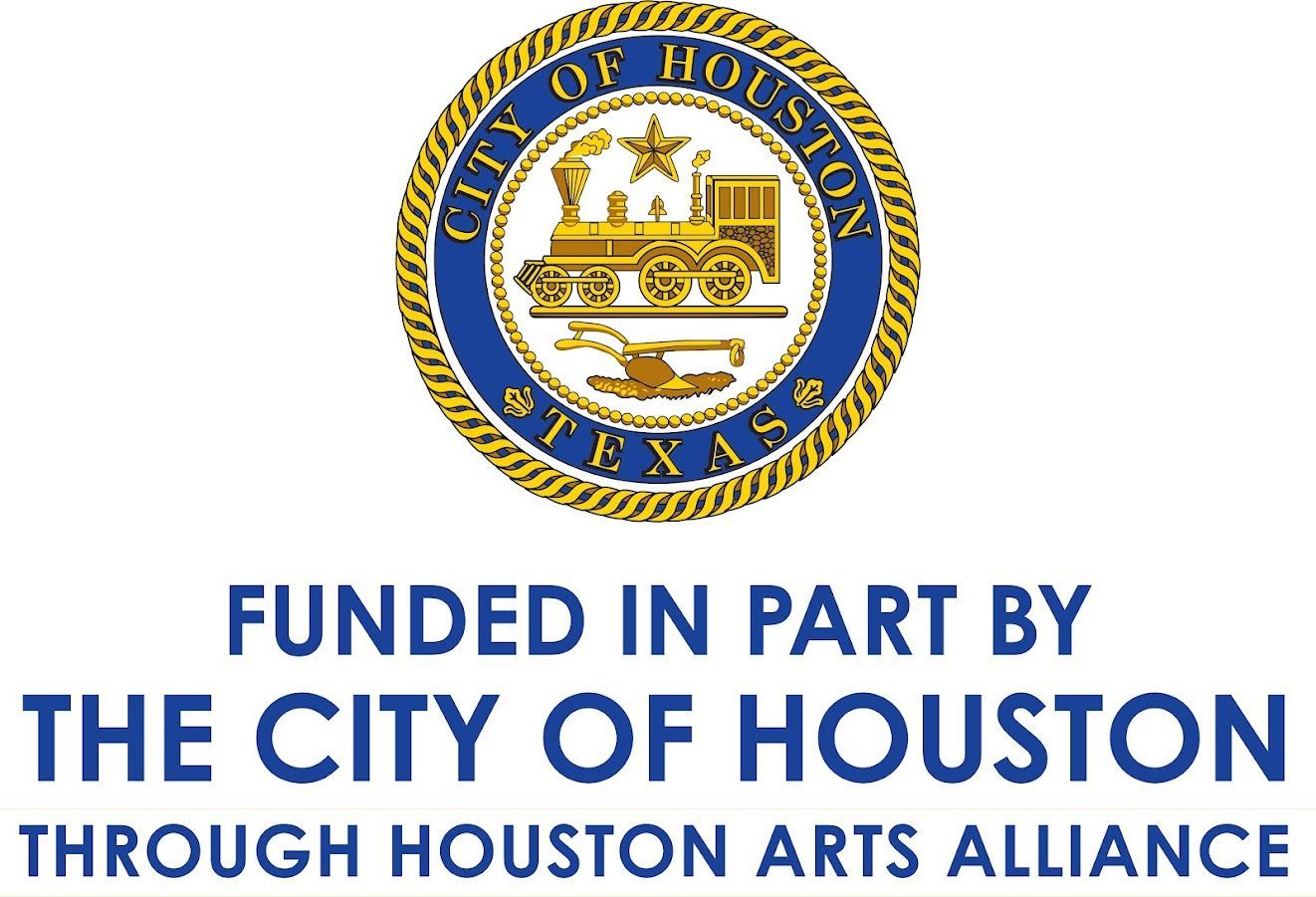Achilles' Heel
The value of being forced to slow down
If you have read J.R.R. Tolkien's Lord of the Rings or seen the movies, you know what I mean when I say I have a Gollum-like attachment to my brown leather recliner. As my wife and son would likely tell you -- eyes rolling -- if anything is my preciousss, it's the chair I'm sitting in right now. I'm writing this on the second day of my sabbatical, a Sunday in late June; you may be reading this toward the end of my time away. The Jung Center board gave me six weeks to rest and reflect. It's a tremendous gift. It's also already more challenging than I expected.
Sabbatical relates, as you might guess, to the Jewish practice of keeping the Sabbath. While the Sabbath is a day set aside for rest and reflection each week, the sabbatical comes from the wise agricultural practice of not cultivating a field for a year every seven years. Most high school students know that the American Dust Bowl era almost a century ago resulted in great part from failing to maintain this timeless practice of letting fields lay fallow for a season. We have to rest and reflect to restore our generative capacity. It's non-negotiable.
I'm in my chair right now because a bone spur at the back of my heel is rubbing against my Achilles' tendon. Yes, I get it: my Achilles' heel. The pain, at its worst, keeps me from sleeping or thinking clearly. The only way to ease it is to be still and elevate it. I'm not at the gym; I'm not cooking or doing chores or running errands. I'm just sitting here. It's driving me a little crazy. And I think it's necessary.
One of my friends, a retired nonprofit executive, wrote to me excitedly when she heard about the sabbatical to tell me about her out-of-office email message: "I am on sabbatical until xxxx. YOUR EMAIL WILL NEVER BE READ." I told our staff leadership team about it at our last meeting before my departure, laughing. What a crazy idea.
They took it very seriously. Elissa and Brooke and Danna and Andria and Jasmine made it clear that it was essential. I remain profoundly touched. Also knocked a bit off-kilter by their determination that real rest requires that kind of clear boundary. And humbled by the care and respect it expressed. They will be leading while I am away.
Thoughtful friends have asked me about what I want to get from the experience. Sabbaticals are not exactly vacations; they are time away from regular roles so that more focused reflection and research can happen. But it's awfully tempting to put a new, ambitious set of achievables together -- hey, I could work on a new book! -- that keeps me from listening for what has been called "the still, small voice" by Jewish scripture, and what might be called the voice of the Self in Jungian psychology. The pace we keep is too fast and loud for it. It requires rest and space to be heard.
Which is why I need my Achilles' heel. It's forcing me to slow down, to not rip out the back porch or purge the office clutter or go out for five mile walks. At least not right out of the gate. The regular (which isn't to say healthy) tempo has to become much slower. And yes, I get the mixed message here, because obviously every word I'm typing is still Jung Center productivity. On a Sunday. But I'm listening.
Warmly,
Sean Fitzpatrick
Executive Director






